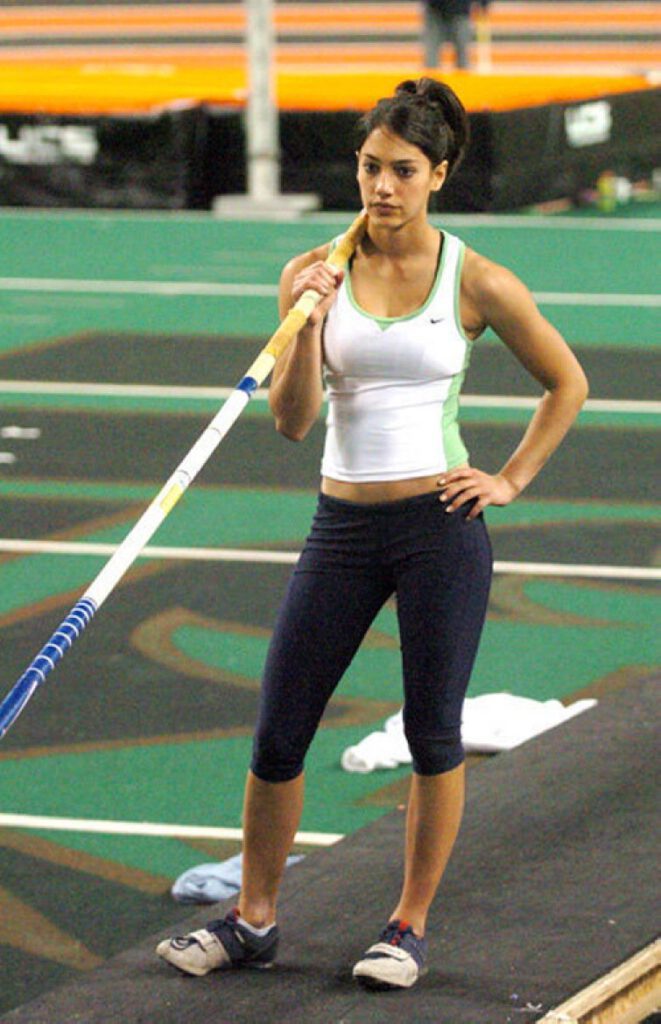For young athletes, going to one of the American universities is a great opportunity to arrange their lives. The main advantage of education in the United States is the opportunity to receive an excellent academic education and continue to excel in your chosen sport. In American universities, there is no need to choose between study and sports career. Here, these aspects are harmoniously combined and have the name “double career path”, which gives a great advantage in the future, because a graduate can continue his sports career and, if desired, subsequently start working in the received additional specialty at the university.
- Age
The American Collegiate Sports Associations, which oversee university competitions, do not formally impose age restrictions on athletes. However, in practice, it is rather difficult for a student over 23 years old to obtain a scholarship. The optimal age of the applicant is from 15 to 20 years. We highly recommend that you start looking for a scholarship 2 years before graduation or 1-2 years of study at a Russian university – this significantly increases the chances of finding the best option and calmly preparing for passing all the necessary tests.
- Academic progress
Students need to start preparing an application for a sports scholarship 18-24 months before the competition. The main documents that the application includes:
- CV, resume or biography describing your sporting path and achievements;
- motivation letter;
- confirmation of sporting merit – diplomas, medals;
- recommendations from your coaches and other mentors (school teachers, any teachers in additional subjects that know you well, employees of volunteer organizations, etc.);
- cover-letter or essay (to perform this item flawlessly, you can use the services of professionals. You can find writing help for students on websites like EssayShark.com)
Find out the details of the application and the full list of documents at the college that provides the scholarship and be very careful when registering and sending it to several places – the requirements for documents can, and most likely will, be somewhat different.
- Sports achievements
Of course, the main criterion for the selection of student-athletes is their athletic achievements, reflected in a special athletic resume. Also, playing sports at the university opens up excellent prospects for professional implementation for a graduate. After graduation, an athlete who has proven himself in intercollegiate competitions can continue his sports career or choose a coaching job.
- Divisions
There are three divisions in total. The first and the second are large universities with a large number of students and considerable scholarship budgets. They provide funds to support successful students in sports. The third is small, not very popular educational institutions, whose sports funding is small. It is easiest to get into the universities of the third division. Due to their low popularity, there are few up-and-coming athletes there. It will also be easier to enter a not the most popular university of the first division than to enter a university that is among the thirty best in the ranking from the second.
- Recruiter
The athletic scholarship is awarded by the university sports department, in which the sports director and coaches have the main role and the final word. Thus, a recruiter must go to a game or performance – a person who attends games or performances to find talented students in sports.
- Choose suitable conditions
You should go to the college of your choice and speak with financial aid, sports department, or sport of your choice to find out what opportunities a particular institution has to offer. The rules that apply to you will largely depend on the sport, the type of college you will attend and the level you hope to play at. Many additional factors will affect eligibility for certain financial support, including the state of residence, academic performance, anticipated college degree, and many other personal factors that may be relevant to your athletic and academic success.
- Make a list of universities
Admissions to universities for athletes are conducted under the auspices of one of three associations:
- National Collegiate Athletic Association (NCAA)
- National Association of Intercollegiate Athletics (NAIA)
- National Junior College Athletic Association (NJCAA).
Make a list of universities where you would like to study. This can be done easily by going to the NCAA, NAIA, or NJCAA websites, clicking on the unit you want, and then under the “Participating Universities” section.
- Increase your chances
Be realistic about your expectations and take action to improve your chances of earning an athletic scholarship in the United States. Such steps include:
- Academic excellence – upgrade your grades if you want to be able to enroll in an American university;
- Liaising with coaches in programs that may interest you;
- Participation in summer schools / volunteering (especially abroad);
- Create your own YouTube channel and other online/social networks to showcase your talents.
- Find out all the nuances
The scholarship does not usually cover all of the student’s tuition and living expenses. For only six sports at Division I universities, an athlete can receive full funding. These are football, basketball (for men and women), gymnastics (for women), tennis and volleyball.
- Select faculty
In American educational institutions, there is no specialty “sports”. Representing his college in competitions, the student must still choose to study any scientific direction. The scholarship holder is not limited in the choice of disciplines, but do not forget to study.

